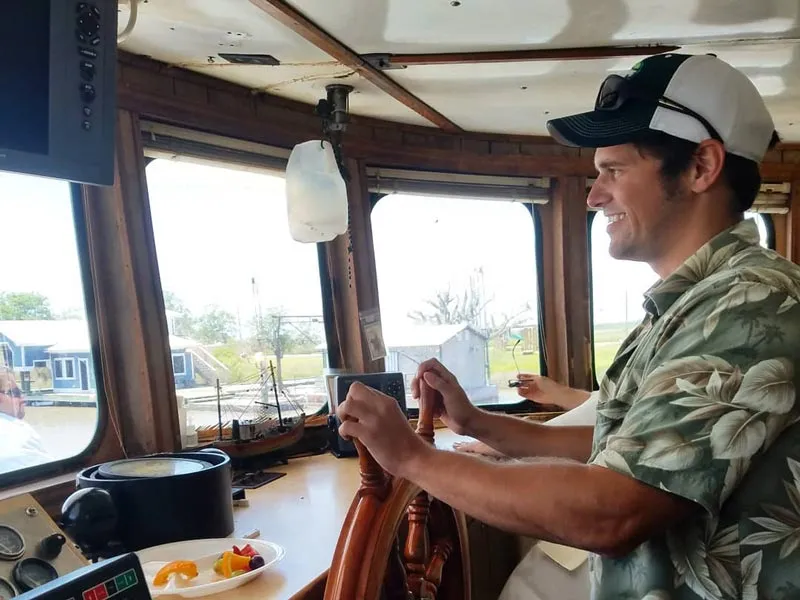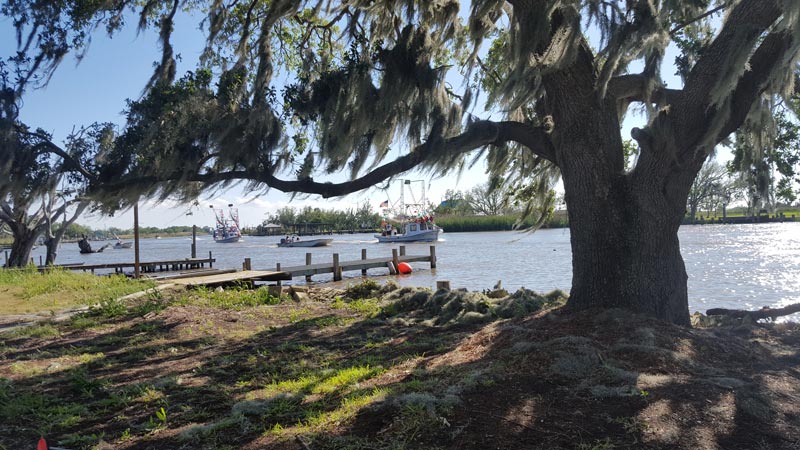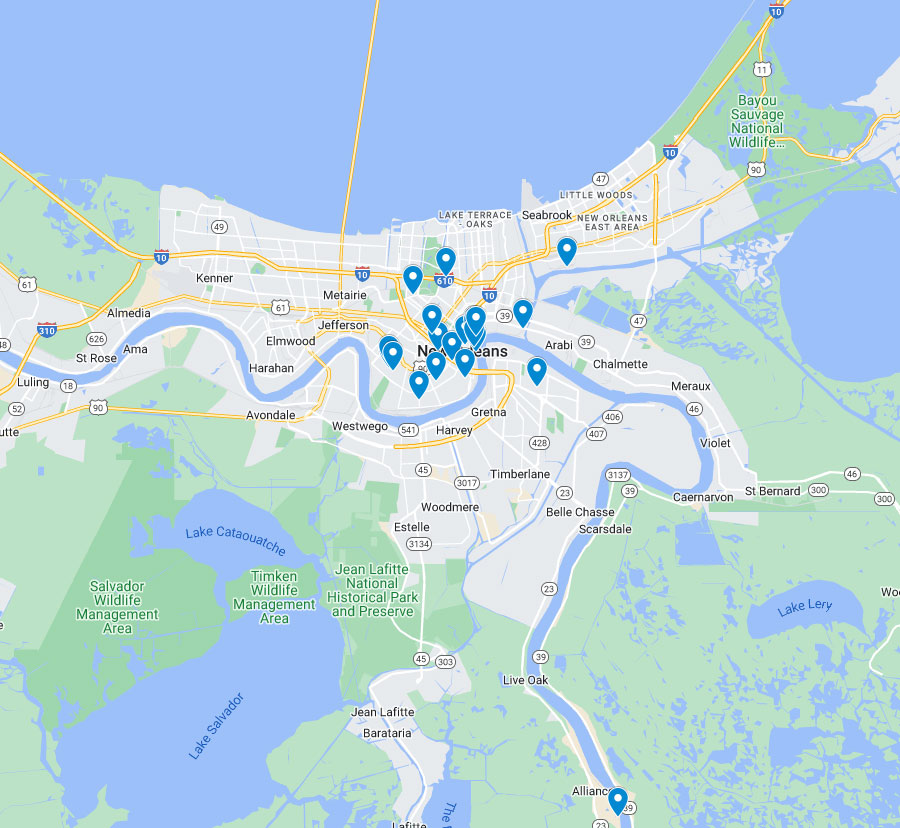
Biography
Mr. Reuther is a doctoral student at Tulane University in the Anthropology department. In the Brazilian Amazon he has conducted ethno-botanical research at archaeological sites (“geoglyphs”), investigated indigenous revitalization movements, and explored the syncretic Santo Daime religion. He has taught several Anthropology courses at Tulane. He has also been employed in the Cultural Resource Management field as an archaeologist on varied projects across the eastern United States. Currently he studies the historical ecology of, and community responses to, coastal land subsidence and restoration and protection projects in lower Terrebonne Parish, Louisiana.
Research
Restoring Locality: A Historical Ecology Study of the Communities of Lower Terrebonne Parish, Louisiana and Coastal Restoration and Protection Projects
This project examines environmentally and economically at-risk communities in lower Terrebonne Parish, Louisiana, around which various organizations currently operate environmental coastal restoration projects aimed at combatting land subsidence. First, it develops a historical record of cultural response to land subsidence and storm events over the last 200 years, including the abandonment of at least two dozen, primarily indigenous, communities in the region during that time. Relatedly, oral histories are employed to elucidate the historical ties between culture and landscape changes. Economic activities such as logging, sugar cane plantations, trapping, and oil and gas extraction have all left lasting and distinct marks on the landscape and shared culture of the region. “Folklore” is collected to highlight cultural place-making, and in many cases these colorful stories serve as ways to remember abandoned settlements. Moving forward in focus, participant observation is conducted in community events and in the seafood industry to better understand the present day ethnographic reality and to see firsthand how the local population enacts culture and engages with the landscape. Finally, local peoples are interviewed about coastal restoration and protection projects and how they affect not only their present experience in the region, but how they feel these projects contribute to the future of the area. Through these varied methods aimed at revealing the entwined cultural and ecological landscape through time, I hope to challenge taken-for-granted notions of “resilience” and illustrate how the past and present have led to a disconnect between local peoples and coastal restoration and protection efforts.



